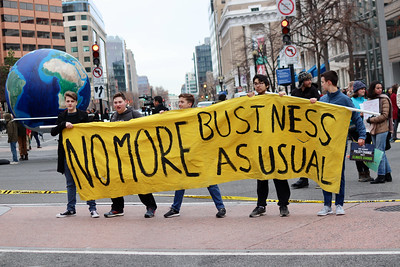Yesterday, I wrote about the declining value of a college education. The change in value is a problem for community colleges. I said that propping up the college’s value proposition would require careful management of the cost of a WCC education. In looking at the most recent Federal Reserve Board data, that seems to be exactly the case.
In the Fed’s Report on the Economic Well-Being of U.S. Households in 2019 from May 2020, the Fed examined the state of higher education nationwide. The Fed’s conclusions came from surveys it had conducted on various facets of life.
One of the areas the Fed examined was the self-reported financial security of people, based on their highest level of educational attainment. From the survey, 54 % of people who reported that they had not earned a high school diploma said that they were “at least doing ok financially.” 65% of people who had earned a high school diploma self-reported as “doing ok.” 75% of people who reported having “some college” identified themselves as doing ok financially. This compares to 78% of people who had graduated with a community college degree.
In other words, 3% more people with community college degrees self-reported a positive financial condition than those who had taken classes but had not earned a degree. Only 68% of survey respondents who had earned a certificate or technical degree thought they were in a positive financial condition.
Among adults who had attended college and earned an associate degree, 48% of survey respondents said that their associate degree was worth its cost. Less than half. 32% of associate degree holders said that the costs and benefits were about equal, and 19% said that the costs outweighed the benefits.
The College’s value proposition is maxed out
That’s not exactly a ringing endorsement.
7% of associate degree earners said that in retrospect, they would not have gotten their degrees. One-third said that they would have studied something different and one-quarter said they would have studied somewhere else. The good news is that more than two-thirds of survey respondents said they would have completed more education. 6 of 10 respondents who never went or never completed a degree cited cost of education as the primary factor in their choice. 45% of respondents who never attended college said they did not believe post-secondary education was worth the cost.
Ouch.
For those who never went, cost was a factor. For those who did go, the perceived benefits were small. Under these circumstances, repairing the college’s value proposition will take more than a marketing campaign.
So, there are only two ways to fix the cost-benefit analysis. First, lower the cost of attendance. Second, increase the benefit of attendance. Comparatively, lowering the cost of an education is the easier of the two routes.
Lowering the cost means that the Board of Trustees must come back early from its extended governance vacation and start making strategic decisions about the College. It means not building unneeded buildings, as well seeking tax support for construction projects. It means pruning the org chart, and reducing the administrative overhead. And it means not expecting the students to finance the Administration’s wish list. Or pay for the consequences of the Trustees’ lack of oversight.
In short, the college’s value proposition is so small right now that we can no longer afford “business as usual.”
Photo Credit: Joe Flood , via Flickr
























